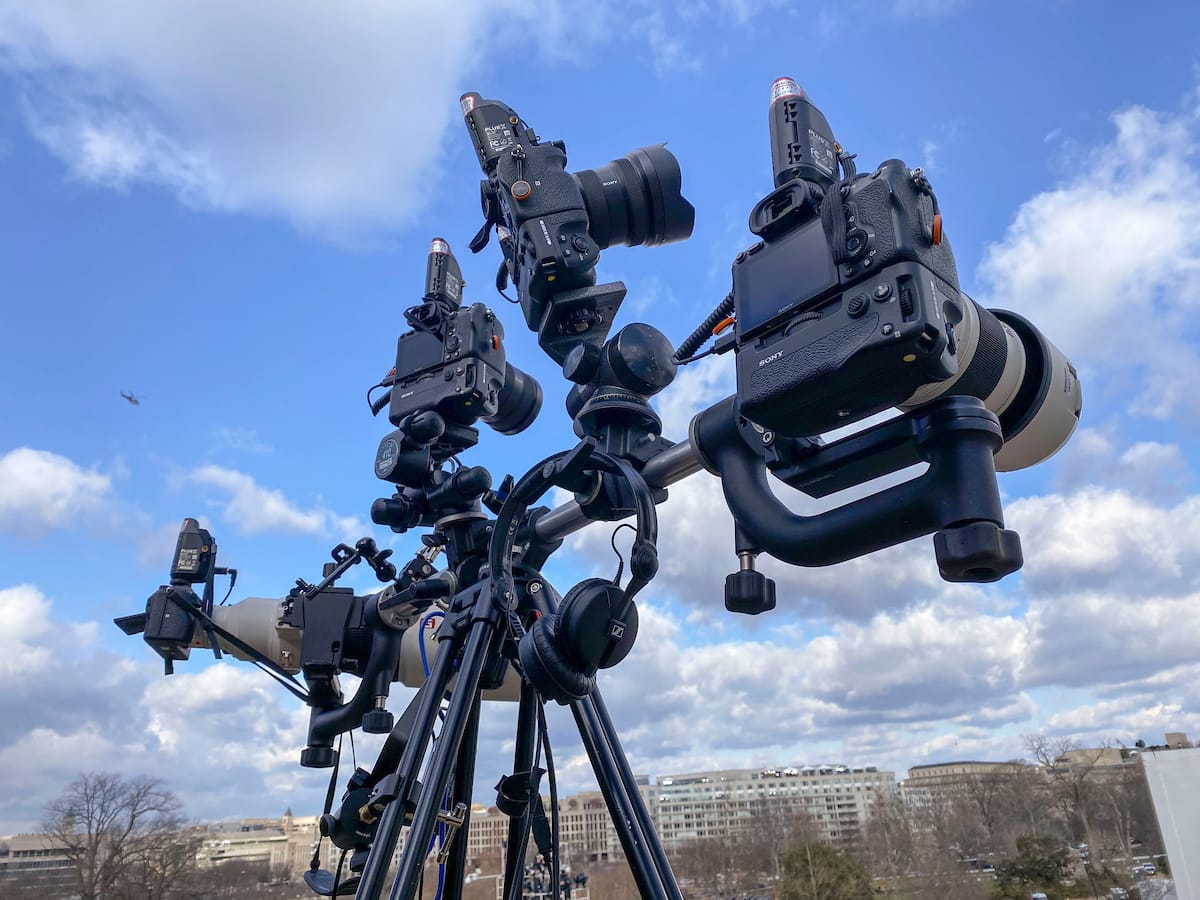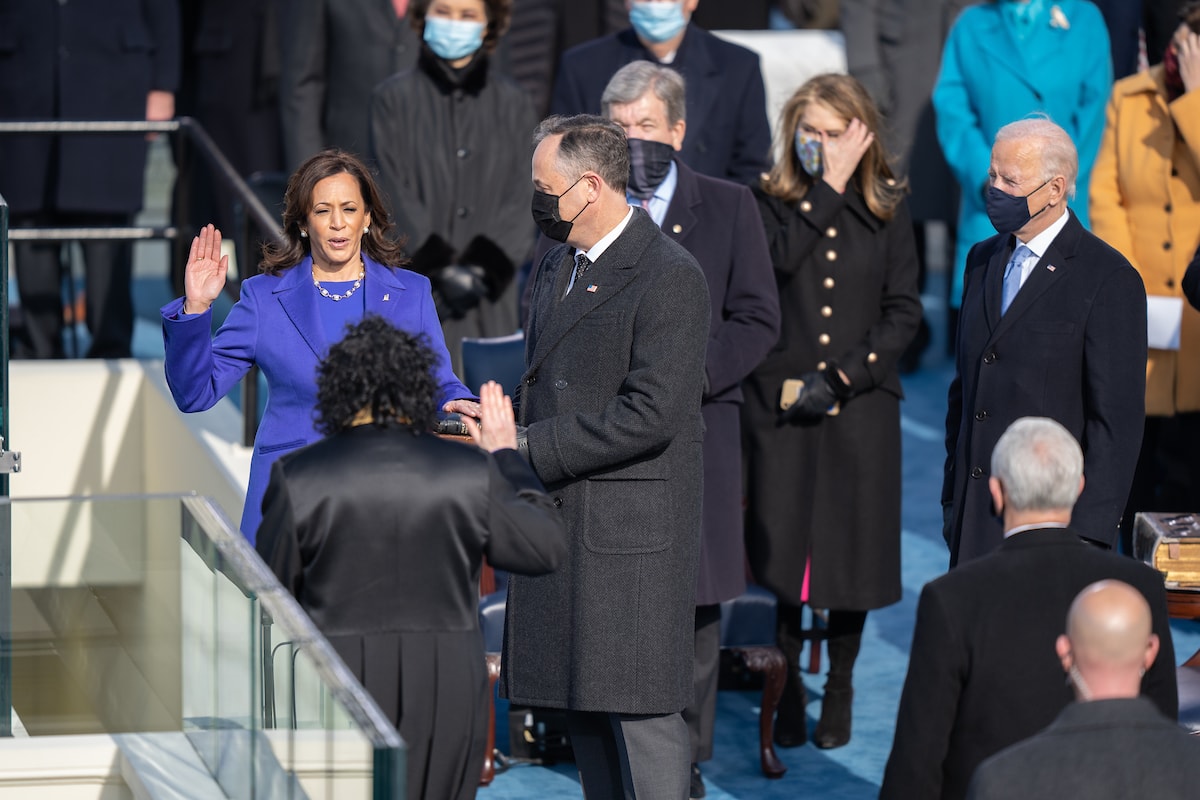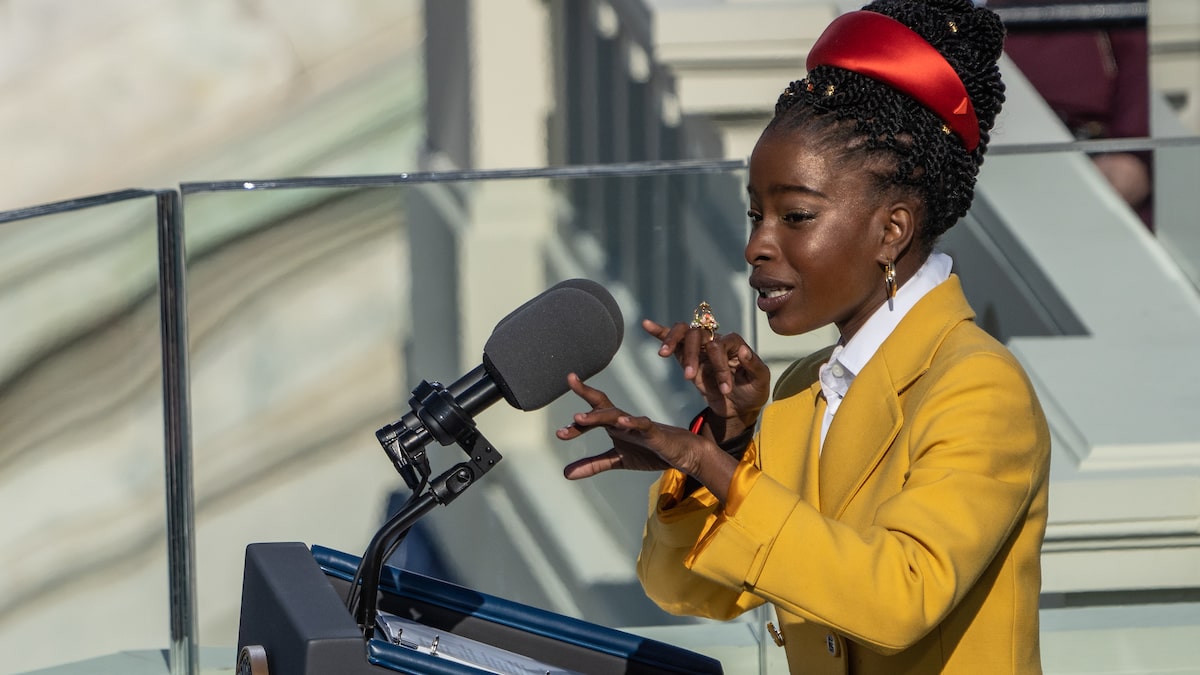Share
How John Harrington Photographed His 8th Presidential Inauguration
Photographer and Best Business Practices for Photographers author John Harrington is no stranger to political photography. For over thirty years he...

Photographer and Best Business Practices for Photographers author John Harrington is no stranger to political photography. For over thirty years he has covered the Washington D.C. scene while also serving a couple of terms as the President of the White House News Photographers Association. During that time, he’s also had the opportunity to cover eight Presidential inaugurations, and he recently edited together a short documentary on how his day began at 3am by lugging 220 lbs of gear to his photo position for the day.
I asked John a few questions about the day via email.
You’ve covered nine(!) presidential inaugurations. How has your kit evolved over the years? How have the needs of your clients evolved over that time?
I think I said nine in the video, but I re-counted, and it’s only 8. So much for counting properly when exhausted. I’ve covered nine presidential terms, going back to George H.W. Bush in 1989. This is my eighth inauguration. My first was Clinton in ’93, then again in ’97. Bush in ’01 and ’05, Obama in ’09 and ’13, and then Trump in ’17 and now Biden in ’21. Here’s to my ninth in four years, and many more after that, I hope.
The first time I covered it I brought just two cameras and about four lenses, and I quickly realized that I needed both tight in and wide-angle images and I lost precious time changing lenses then. In ’97 I brought several individual tripods, but there just wasn’t enough space to fit them all. In 2000 I began to evolve the single tripod with the cross-rail that can hold multiple cameras/lenses on one tripod. Pocket Wizards for the last few have replaced me trying to hold multiple cable/wire releases in my hands as well. This year, I had a bit more left-to-right space, so I was able to fit both my Wimberley gimbal camera mounts onto the rail as well on each side. Those really help with the longer lenses once they are properly balanced, and the tripod this time was actually a Sachtler tripod typically used for TV cameras, which gave me even more stability. It’s a work-in-progress for sure, but I have it pretty dialed-in by now.

How have the needs of your clients evolved over that time?
In the beginning, it was necessary to get my film processed same day/asap, and I had my own darkroom at the office to process my slide film. In the past few inaugurals, the needs are much more demanding. I was sending out images moments after shooting them. My editor was on the West Coast, and he was filling online galleries at that time, and the print edition had a deadline of Friday (the inauguration was on Wednesday) so I could put together a wider edit on Thursday.
Are there differences in the way you cover the event as a freelancer compared to the typical newspaper or wire staffer?
Covering an inauguration takes extensive planning, whether you are one person, in my case, or working for a major wire service. For the wires, they are hard-wiring network cables so nearby editors can access their files instantly. While construction on the dias and press risers began in the middle of last year, trailers went in months ago. I did not request a trailer due to the costs and space available. In years past, I have had a runner/tech who could assist with the gear, and edit from my cards they retrieved during the event. Due to Covid, that wasn’t possible. It was a very slimmed down operation for all involved. I also am not in a position to be one entity with multiple positions, so I need to really work hard to get a multitude of looks/views/angles, hence, in part, the multiple cameras.

I produced over 6,000 frames that day, across five cameras, and about 3 hours. There are some early arrivals, and you get different inaugural scene-setters beforehand. For example, at around 8:30am President Trump’s helicopter departed the White House, and did an aerial “lap” around the Capitol and Washington Monument before taking him to Air Force One at Andrews Air Force Base, where he was to travel to Mar-a-lago instead of being at the ceremony. The famous Bernie Sanders meme, shot by AFP photographer Brendan Smialowski, was, if my check on the timestamp of the image is correct, an early scene-setter before the ceremony, for example. So everything from the band playing, to past presidents arriving, to celebrity performers, all keep you busy beyond the actual swearing in ceremony at noon. In addition, you have the historic swearing-in of Vice President Harris as well, which occurs before the Presidents’ swearing in. So, for a few, brief moments, our Vice President was Kamala Harris, and our President was outgoing President Trump. The formal annoucements of arrivals of dignitaries begins at 10:30, and with the President’s inaugural address, the day that started with a 3am alarm, seemingly ended at 1pm, but then the equipment breakdown and load-out, as well as editing of images meant my day went on for several more hours. I think I finally collapsed into bed around 9pm that night.
Which entity was responsible for handing out photo positions for the day?
The congressional press galleries determine who is in which position, and they do so based upon requests, historically who has covered in previous years, and what the needs are for those making the requests. This year, I was fortunate to be on the press riser given that there was a 75% cut in available positions due to social distancing requirements. Also, even though we were outdoors and socially distanced, everyone covering the event had to take and get cleared for Covid. My test was scheduled for Monday morning at the Pentagon, and I didn’t get the all-clear until that evening. Of all my Covid tests, that was my most stressful while I awaited the results.
Your inventory indicated that you had a shotgun mic and a Sound Devices MixPre. Did you capture video of the event? (By the way, that was some of the clearest mask-wearing audio I’ve heard!)
Yes. The MixPre was there to capture ambient audio as well as any commentary from me, in the event that I was able to do a livestream, which I was. Years ago, before still photographers were shooting video, they were intermixing still photographs with audio from an event using software like Soundslides. I recall once doing one from a John McCain campaign rally. While I was mainly focused on still photography, I did have two GoPro’s and the MixPre there to capture some BTS video, and some audio for future projects.

We’ve known each other for a very long time, and I’m constantly amazed that you’re out there in riot gear one day and hauling 220 lbs of gear on a different day. Photojournalism is a physically taxing job, and I’m curious how you’re managing the aches and pains that come along with aging vis-à-vis doing the things necessary to create the images you see in your mind’s eye.
I’ve been a photojournalist for over 31 years in DC. For the insurrection, I still have a few injuries I’m recovering from (that I am trying to ignore) and for the inauguration, what I took the liberty of editing out of the timelapse, was where I sat down for 10 minutes to catch my breath. I figured the video was already too long, so why watch me sitting there catching my breath for 15 more seconds or so in the timelapse?
That said, it is absolutely exhausting sometimes, but I’m going to keep-on moving until my body tells me “no more.” I figure I have several more inaugurations in me (at least), and I am inspired by colleagues like David Burnett, who himself lugged a 4×5 camera and a number of other digital cameras up onto the press risers as well. (He makes a brief uncredited cameo as he walks to his spot in the row infront of me wearing a brown coat.) He’s got a few years on me, so I’m not going to be doing any complaining about a few aches and pains anytime soon.
You covered the Capitol Insurrection just two weeks prior. What was going through your mind as you traversed the same area for the Inauguration?
I’ve been on the West Front of the U.S. Capitol hundreds of times in my career, not just from past inaugurations, but the Million Man March in 1995 (and its 20th anniversary in 2015) as well as a KKK march in 1990, Promise Keepers in 1997, drunk driver protests and rallies, teach rallies, Earth Day protests, and every other cause you can think of. Even so, it was surreal for me to be on the West Front of the Capitol, because just two weeks prior I was there and the scene was very different. I was amidst insurrectionists while covering the storming of the U.S. Capitol. Then again, a week after that, covering the second impeachment. On the 19th, the day before the inauguration, I went to check out my position, and also stood for a few moments where I was the day of the insurrection and reflected on what a difference a few weeks can make in life. I’m still processing all that.
Did you plan for the potential of violence, or did you feel comfortable with the security measures?
We were not allowed to bring any body armour, helmets, or gas masks into the complex, so anticipating possible protests, I had mine in my vehicle, which was in secure parking at the hotel. So, as soon as the inauguration was over, I could pivot to protest or riot coverage if it occurred. Thankfully, it did not, but being prepared is key. Typically, I would travel into the city from my home a few miles away, but with the Capitol and city so locked down, one of my assigning news organizations wanted me nearby and so I was booked into a hotel room just a few feet from the outermost perimeter of National Guard soldiers and the razor wire and 7 foot tall fencing. Being in the hotel was a godsend as it meant a bit more sleep, and the proximity to the Capitol meant I didn’t need to risk a closed off wider perimeter. Once inside the complex and the multiple screenings we went through (in the video you see all my equipment pass through x-ray scanners and I went through two magnatometers during that 90 minutes) as well as the repeated ID checks, I did feel comfortable. Of course, possible aerial/UAV attacks, meant we were still at risk. There’s no way to protect from every possible form of attack, but the measures in place surely were the best one could every ask for.


